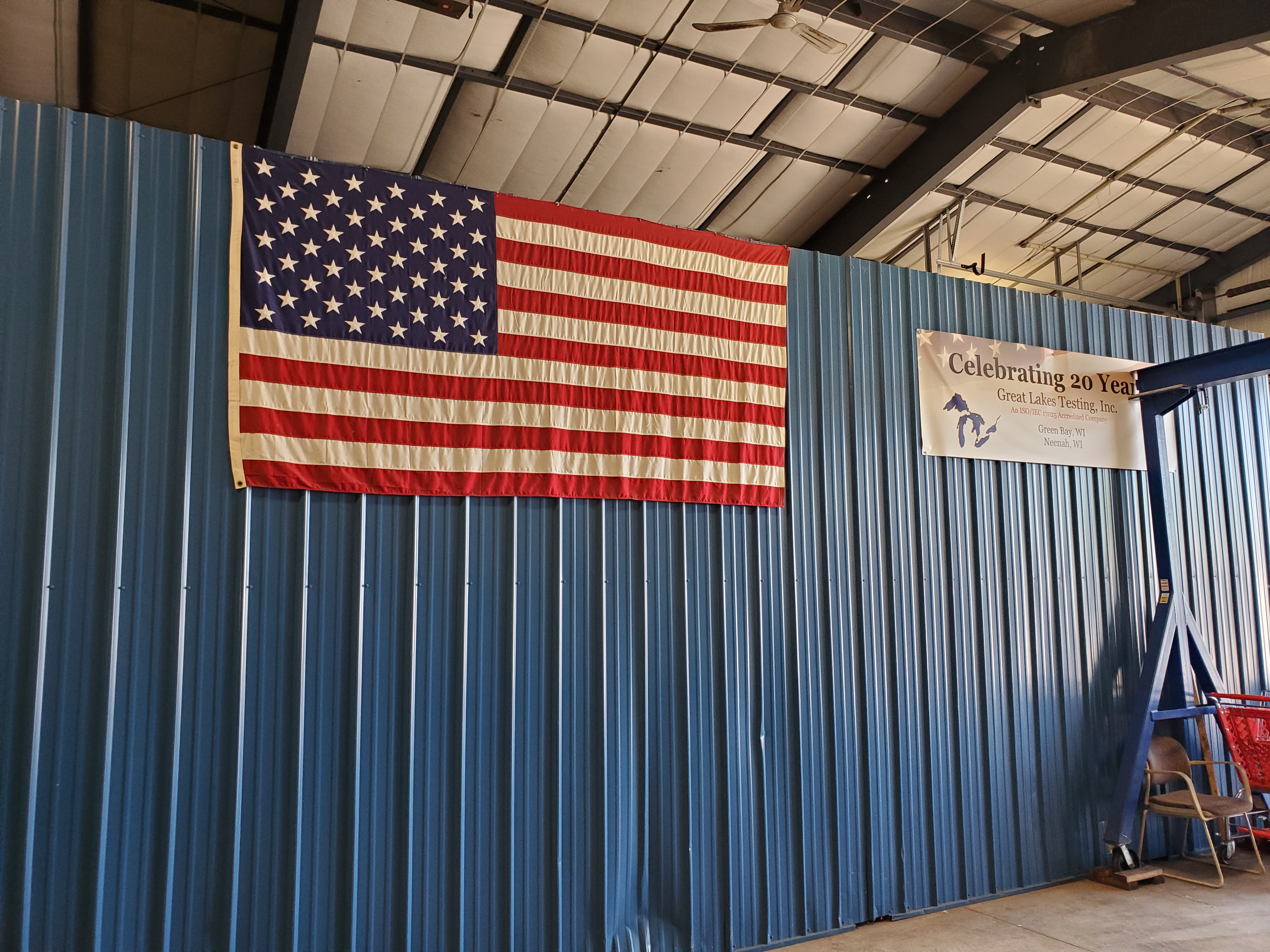Ultrasonic testing (UT) is a family of non-destructive testing techniques based on the propagation of ultrasonic waves in the object or material tested. In most common UT applications, very short ultrasonic pulse-waves with center frequencies ranging from 0.1-15 MHz, and occasionally up to 50 MHz, are transmitted into materials to detect internal flaws or to characterize materials. A common example is ultrasonic thickness measurement, which tests the thickness of the test object, for example, to monitor pipework corrosion.
Ultrasonic testing is often performed on steel and other metals and alloys, though it can also be used on concrete, wood and composites, albeit with less resolution. It is used in many industries including steel and aluminium construction, metallurgy, manufacturing, aerospace, automotive and other transportation sectors.
Strengths
High penetrating power, which allows the detection of flaws deep in the part.
High sensitivity, permitting the detection of extremely small flaws.
In many cases only one surface needs to be accessible.
Greater accuracy than other nondestructive methods in determining the depth of internal flaws and the thickness of parts with parallel surfaces.
Some capability of estimating the size, orientation, shape and nature of defects.
Some capability of estimating the structure of alloys of components with different acoustic properties
Non-hazardous to operations or to nearby personnel and has no effect on equipment and materials in the vicinity.
Capable of portable or highly automated operation.
Results are immediate. Hence on the spot decisions can be made.
Weaknesses
Manual operation requires careful attention by experienced technicians.
The transducers alert to both normal structure of some materials, tolerable anomalies of other specimens (both termed “noise”) and to faults therein severe enough to compromise specimen integrity. These signals must be distinguished by a skilled technician, possibly requiring follow up with other nondestructive testing methods.
Extensive technical knowledge is required for the development of inspection procedures.
Parts that are rough, irregular in shape, very small or thin, or not homogeneous are difficult to inspect.
Surface must be prepared by cleaning and removing loose scale, paint, etc., although paint that is properly bonded to a surface need not be removed.
Couplants are needed to provide effective transfer of ultrasonic wave energy between transducers and parts being inspected unless a non-contact technique is used.
Non-contact techniques include Laser and Electro Magnetic Acoustic Transducers (EMAT).


